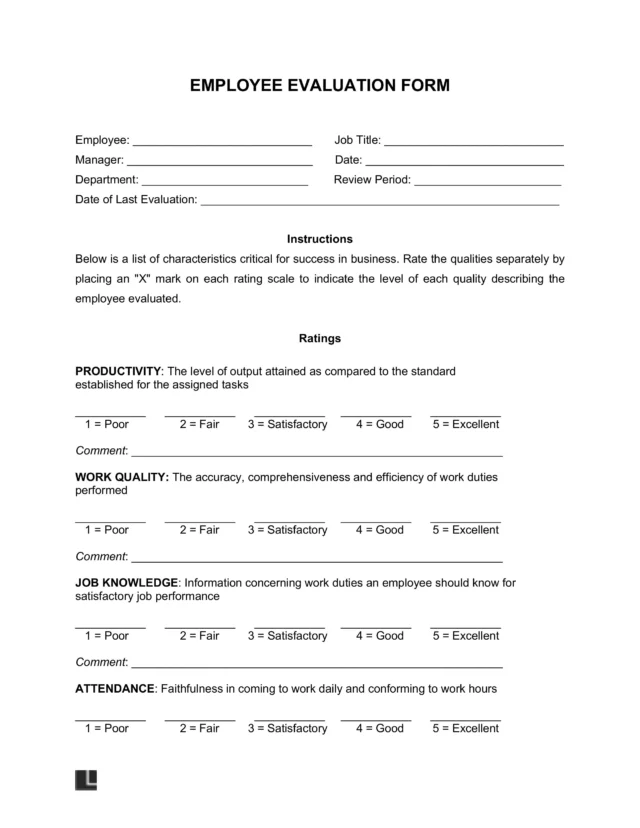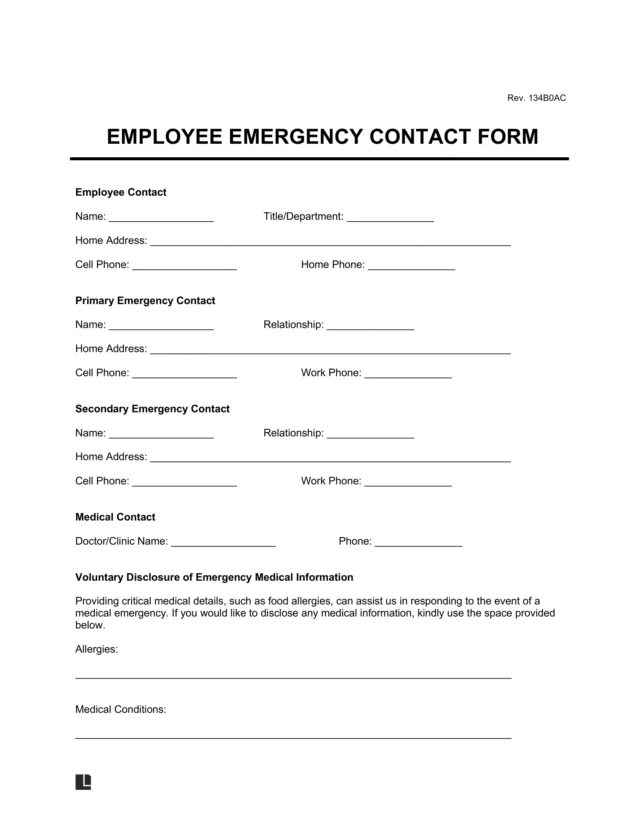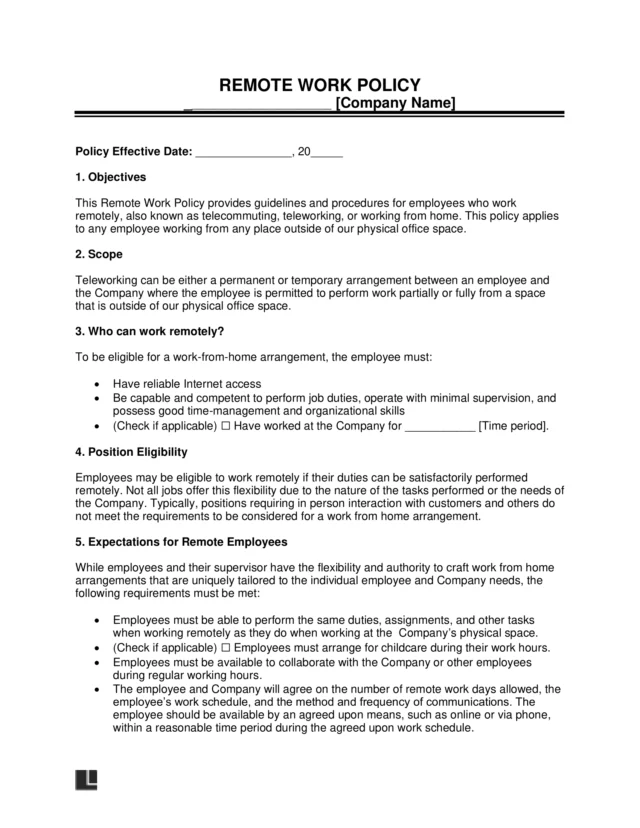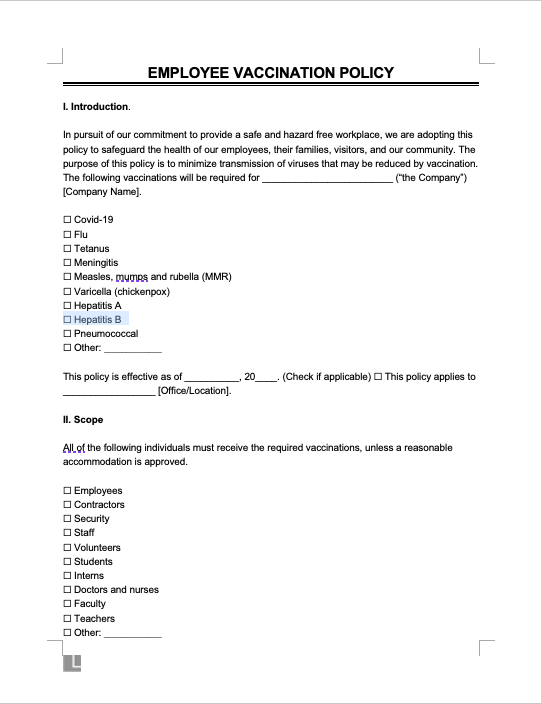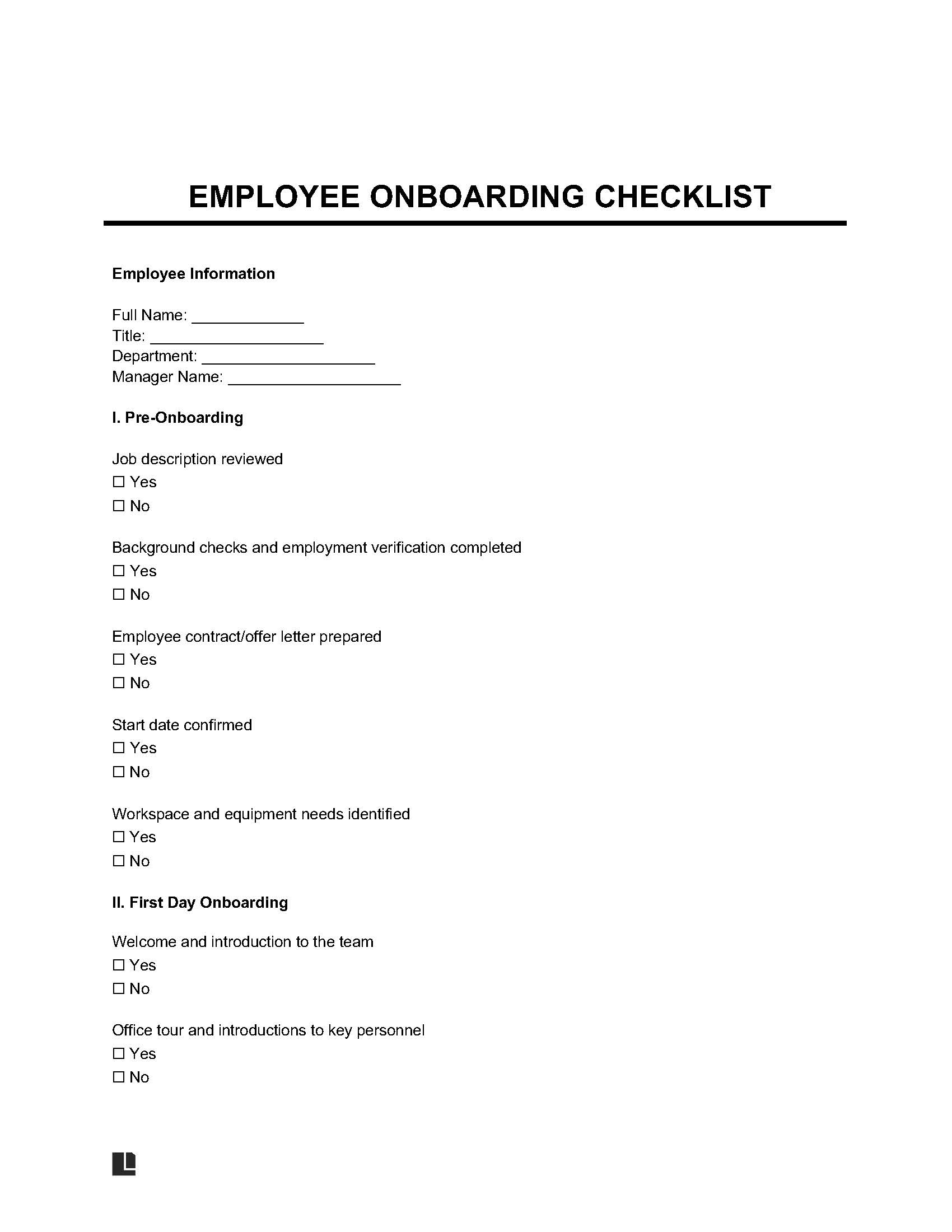When your company or nonprofit hires a new staff member, you can benefit from following the proper onboarding steps during the person’s first few months on the job. An employee onboarding checklist will help you accomplish this.
What is Employee Onboarding?
At its core, “onboarding” is the process that hiring managers and other organizational leaders go through to successfully integrate a new employee into a business.
If you want someone to be able to hit the ground running and perform at their best, they need access to the education, resources, and support necessary to do so.
That is why employee onboarding is so important. It helps to:
- Improve communication between the new hire and the company
- Encourage productivity while ensuring a staff member is up-to-date on your procedures and long-term goals
- Improve job satisfaction and employee retention
For the best results, onboarding should always begin before an employee’s official first day. Think of it as a “pre-employment” or “training” period that ensures they can perform to the best of their abilities when the big day finally arrives.
One study indicated that [1] a solid onboarding program leads to 69 percent of employees staying at a business for at least three years.
What is an Employee Onboarding Checklist?
At the basic level, an employee onboarding checklist is an invaluable tool that hiring managers can use to organize the various steps of the more extensive onboarding process. It ensures that all essential topics are covered before someone’s first day of employment and in the immediate months after that.
In a larger sense, it is an ideal starting point to get someone acclimated to a particular role.
What Your Employee Onboarding Should Include
While an employee onboarding checklist must be adapted to the unique needs of your business, there are still several critical sections that you will want to include:
- Employee information, including their name, title, department, and the name of their manager
- Pre-onboarding steps, including reviewing the job description, background checks, etc.
- An overview of first-day onboarding procedures, such as getting adequately welcomed to the team and introduced to their new colleagues
- First-week onboarding steps, including a manager check-in meeting and company culture presentations
- First-month onboarding steps, such as the assignment of an onboarding mentor and a review of any ongoing role-specific training or workshops
- 90-day onboarding steps, including comprehensive performance reviews and a discussion of the employee’s long-term goals
How to Onboard a New Employee
As the onboarding process for a new employee begins, you’ll want to consider the following factors.
Step 1 – Employee Information Overview
Naturally, your employee onboarding checklist should include an overview of the staff member. It should have spaces for not only their full name but also their job title, the department they’ll be working in, and their supervisor’s name.
Step 2 – Pre-Onboarding
The pre-onboarding phase consists of activities completed before someone’s official first day with the company. You should review their job description in detail and ensure all background checks and other employment verification steps have been completed.
You will also want to prepare an employment contract and offer letter and confirm their start date. Be sure to identify their specific workspace and any necessary equipment.
Step 3 – First-Day Onboarding
Almost immediately after someone’s first day begins, you should welcome them and introduce them to their co-workers. They should also be given an office tour and introduced to all key staff members they need to know.
You can then review the employee handbook and any relevant company policies. You could help them set up their workspace and equipment, ensure they have all the necessary IT system access and login information, and conduct a health and safety orientation.
This is also when you’ll want to schedule first-week meetings involving the new employee, their manager, and other team members.
Step 4 – First-Week Onboarding
During the first week of the onboarding process, the employee should check in with their manager, participate in a company culture and values presentation, and complete any role-specific training or necessary workshops.
They should also be introduced to your business’s internal communications tools.
Step 5 – First-Month Onboarding
As the first month continues, the employee should have an ongoing onboarding mentor assigned to them. They should continue their role-specific training and workshops while attending department and cross-functional team meetings.
At some point, they will need to arrange a performance feedback session with their manager. Here, you can identify areas where ongoing development and support may be required.
Step 6 – 90-Day Onboarding
At most organizations, this phase includes a comprehensive performance review and a discussion of the employee’s long-term career goals. The goal discussion can contribute to the creation of a long-term development plan.
You can also celebrate their accomplishments and milestones up to this point. Gather any feedback from the employee that could be used to improve the onboarding process moving forward.
Sample Employee Onboarding Checklist Template
Below, download an employee onboarding checklist template in PDF or Word format:
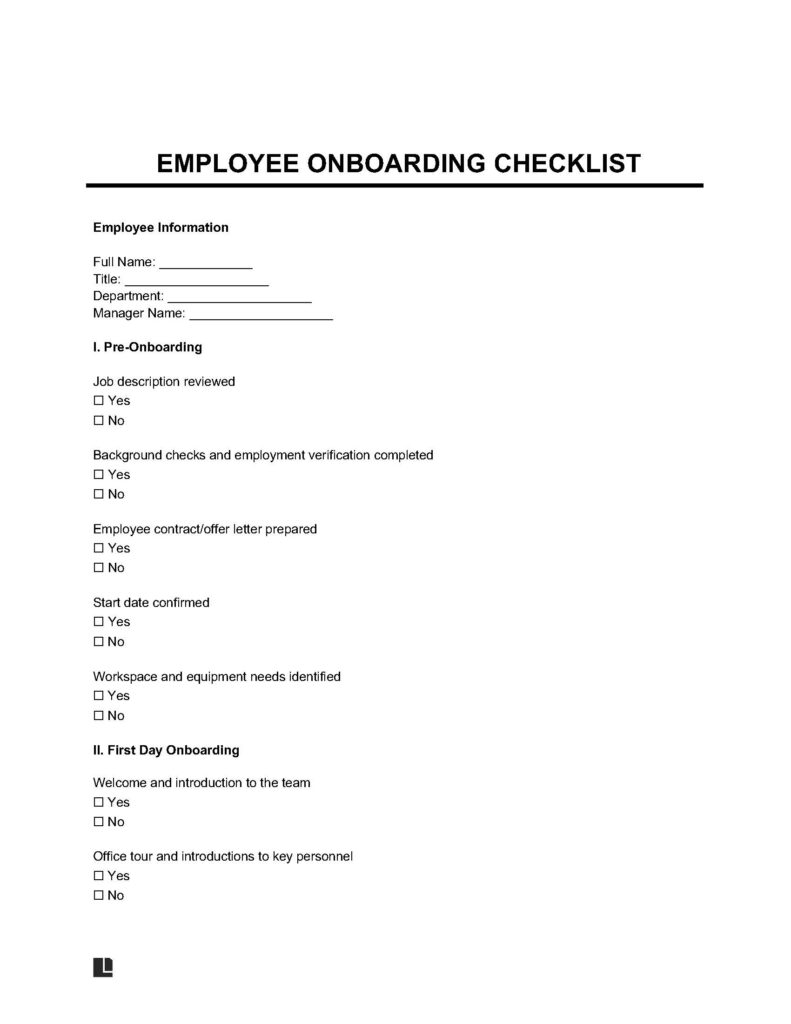
Why Use an Employee Onboarding Checklist?
Remember that an employee onboarding checklist will ensure that each crucial stage of the onboarding process is complete before anyone moves on to the next one. This helps make the process more effective while ensuring the new hire is not overwhelmed.
The more effectively they are onboarded, the sooner they can start helping clients and being as productive as possible—which in and of itself is the most crucial benefit of all.


